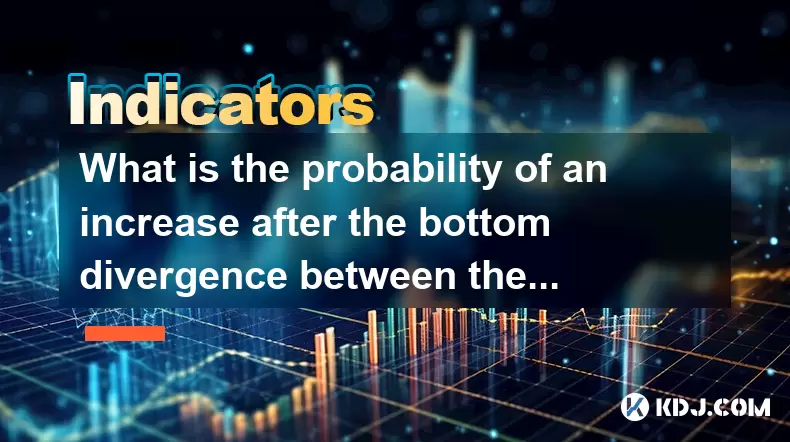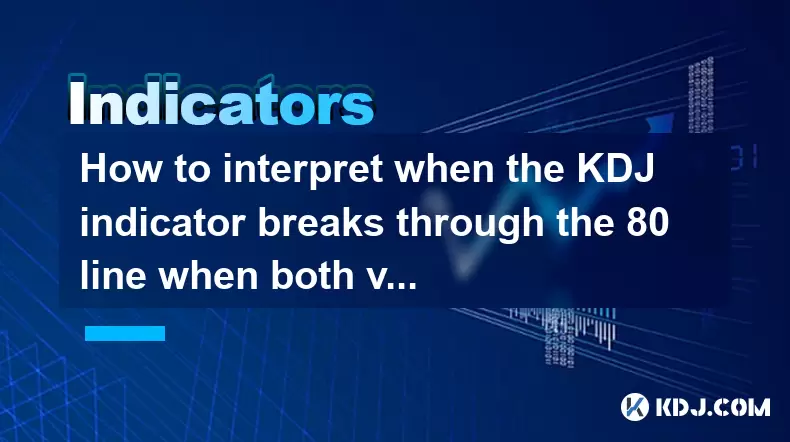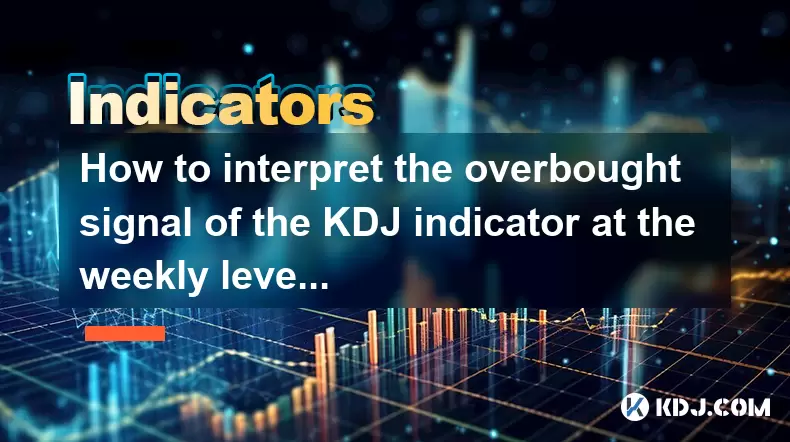-
 Bitcoin
Bitcoin $115100
-2.99% -
 Ethereum
Ethereum $3642
-1.38% -
 XRP
XRP $3.027
-5.51% -
 Tether USDt
Tether USDt $1.000
-0.05% -
 BNB
BNB $763.4
-1.32% -
 Solana
Solana $177.2
-5.42% -
 USDC
USDC $0.9999
-0.02% -
 Dogecoin
Dogecoin $0.2247
-6.47% -
 TRON
TRON $0.3135
0.23% -
 Cardano
Cardano $0.7824
-4.46% -
 Hyperliquid
Hyperliquid $42.53
-0.97% -
 Stellar
Stellar $0.4096
-6.09% -
 Sui
Sui $3.662
-2.61% -
 Chainlink
Chainlink $17.63
-3.57% -
 Bitcoin Cash
Bitcoin Cash $536.3
2.94% -
 Hedera
Hedera $0.2450
0.34% -
 Avalanche
Avalanche $23.23
-3.15% -
 Litecoin
Litecoin $112.2
-1.23% -
 UNUS SED LEO
UNUS SED LEO $8.976
-0.30% -
 Shiba Inu
Shiba Inu $0.00001341
-2.72% -
 Toncoin
Toncoin $3.101
-2.44% -
 Ethena USDe
Ethena USDe $1.001
-0.05% -
 Uniswap
Uniswap $10.08
-1.97% -
 Polkadot
Polkadot $3.938
-2.77% -
 Monero
Monero $323.9
0.87% -
 Dai
Dai $0.9999
-0.02% -
 Bitget Token
Bitget Token $4.481
-1.69% -
 Pepe
Pepe $0.00001199
-5.94% -
 Aave
Aave $288.2
-0.68% -
 Cronos
Cronos $0.1279
0.36%
Should I go all in when DIF crosses DEA?
A DIF-DEA crossover can signal bullish momentum, but always confirm with volume, trend, and on-chain data to avoid false signals in volatile crypto markets.
Jul 25, 2025 at 12:42 am

Understanding DIF and DEA in MACD Analysis
When traders analyze DIF and DEA in the context of the Moving Average Convergence Divergence (MACD) indicator, they are examining key components of a widely used technical tool. The DIF (Difference) line is calculated by subtracting the 26-period Exponential Moving Average (EMA) from the 12-period EMA. This line reflects short-term momentum relative to longer-term momentum. The DEA (Signal Line), also known as the signal line, is a 9-period EMA of the DIF line itself. It acts as a trigger for buy and sell signals.
A DIF crossing DEA upward is often interpreted as a bullish signal, suggesting that upward momentum is strengthening. Conversely, a downward cross may indicate bearish momentum. While this signal is popular in cryptocurrency trading due to the volatile nature of digital assets, interpreting it as a standalone reason to "go all in" requires deeper scrutiny.
What Happens When DIF Crosses DEA?
When the DIF line crosses above the DEA line, it forms what is known as a bullish MACD crossover. This event is frequently used by traders to identify potential entry points. However, the signal's reliability depends on the broader market context. In highly volatile cryptocurrency markets, such crossovers can occur frequently and may lead to false signals, especially during sideways or choppy price action.
- Confirm the crossover on a reliable charting platform like TradingView or Binance’s built-in tools
- Check the volume accompanying the crossover—rising volume increases the signal’s credibility
- Observe whether the price is near key support or resistance levels
- Ensure the crossover occurs in alignment with higher time frame trends
For example, if Bitcoin is in a long-term downtrend and the DIF crosses DEA on the 1-hour chart, the signal may not carry the same weight as a crossover on the daily chart during an uptrend. Relying solely on this signal without additional confirmation can lead to premature or risky entries.
Risks of Going All In Based on a Single Signal
The idea of going all in when DIF crosses DEA implies allocating 100% of available capital into a cryptocurrency position. This approach contradicts fundamental risk management principles. Cryptocurrency markets are known for their extreme volatility, and even strong technical signals can fail due to unexpected news, whale movements, or macroeconomic factors.
- A single indicator, no matter how popular, cannot capture the full market picture
- Leveraging or allocating full capital amplifies losses during false breakouts
- Liquidity issues may arise when trying to exit large positions quickly
- Emotional decision-making increases when entire capital is at stake
For instance, if Ethereum shows a DIF-DEA crossover but is simultaneously facing regulatory uncertainty, the technical signal may be invalidated by external forces. Position sizing should reflect the uncertainty inherent in crypto markets, not just a single chart pattern.
How to Use DIF-DEA Crossovers Strategically
To use the DIF crossing DEA constructively, integrate it into a broader trading framework. This means combining the signal with other technical and on-chain indicators to improve accuracy.
- Use RSI (Relative Strength Index) to confirm whether the asset is oversold before acting on a bullish crossover
- Monitor on-chain data such as exchange outflows or active addresses to validate accumulation trends
- Apply the crossover on multiple time frames—e.g., check if the daily and 4-hour charts align
- Set stop-loss orders below recent swing lows to manage downside risk
- Use volume profile to assess whether the crossover is supported by strong buying pressure
For example, if Binance Coin shows a DIF-DEA crossover on the 4-hour chart, and the RSI is rising from below 30 while on-chain data shows increased wallet activity, the signal gains credibility. Even then, deploying only a portion of capital—such as 10% to 20%—is a more sustainable approach.
Backtesting DIF-DEA Strategies in Crypto
Before applying any strategy live, backtesting is essential. This involves applying the DIF-DEA crossover rule to historical price data to evaluate its performance.
- Select a cryptocurrency pair, such as SOL/USDT, and gather at least one year of candlestick data
- Apply the standard MACD settings (12, 26, 9) on a platform like TradingView
- Mark every instance where DIF crossed above DEA
- For each signal, record the entry price, exit price (after a set holding period or trailing stop), and resulting profit or loss
- Calculate the win rate, risk-reward ratio, and maximum drawdown
You may find that during strong bull markets, the strategy performs well, but during consolidation phases, it generates frequent whipsaws. This historical insight helps avoid overconfidence in real-time trading.
Alternative Confirmation Tools for MACD Signals
To enhance the reliability of a DIF-DEA crossover, combine it with complementary tools that reduce false signals.
- Price action patterns, such as bullish engulfing or higher lows, can confirm momentum shifts
- Moving averages like the 50-day or 200-day can act as dynamic support in uptrends
- Fibonacci retracement levels help identify optimal entry zones near key supports
- Volume oscillators like OBV (On-Balance Volume) validate whether buying pressure is genuine
For example, if Cardano exhibits a DIF-DEA crossover near the 61.8% Fibonacci retracement level with rising OBV, the confluence of factors increases the probability of a successful trade.
Frequently Asked Questions
Does a DIF-DEA crossover work the same across all cryptocurrencies?
No. The effectiveness varies based on market cap, liquidity, and volatility. Major coins like Bitcoin and Ethereum tend to produce more reliable signals due to higher trading volume and less manipulation compared to low-cap altcoins.
Can I automate trades based on DIF crossing DEA?
Yes. Using bots on platforms like 3Commas or Bybit, you can set up trading rules triggered by MACD crossovers. However, include filters such as minimum volume or trend direction to avoid poor entries.
Is the DIF-DEA crossover more reliable on higher time frames?
Generally, yes. Signals on the 4-hour or daily charts carry more weight than those on 5-minute or 15-minute charts, as they are less susceptible to noise and short-term manipulation.
What should I do if the DIF crosses DEA but the price doesn’t move?
This could indicate a divergence or weak momentum. Wait for additional confirmation, such as a breakout above a resistance level or a spike in volume, before acting.
Disclaimer:info@kdj.com
The information provided is not trading advice. kdj.com does not assume any responsibility for any investments made based on the information provided in this article. Cryptocurrencies are highly volatile and it is highly recommended that you invest with caution after thorough research!
If you believe that the content used on this website infringes your copyright, please contact us immediately (info@kdj.com) and we will delete it promptly.
- TOKEN6900: The Next Big Meme Coin? Presale Heats Up!
- 2025-07-26 05:30:35
- ONDO Breakout Assessment: Whales, Wallets, and What's Next?
- 2025-07-26 05:30:35
- Kaspa's Strongest Month REVEALED: New Data Shocks KAS Traders!
- 2025-07-26 04:30:12
- Cross-Border Payments Revolution: Stablecoins and Payment Providers Leading the Charge
- 2025-07-26 04:50:12
- Crypto Losses: From ZIRP to Zero - How I Lost a Million Dollars (and What You Can Learn)
- 2025-07-26 04:30:12
- Strategy, Bitcoin, and Preferred Stock: A New York Minute on Saylor's Bold Bet
- 2025-07-26 04:50:12
Related knowledge

What does it mean when the price breaks through the 30-day moving average and is accompanied by a large volume?
Jul 26,2025 at 03:35am
Understanding the 30-Day Moving Average in Cryptocurrency TradingThe 30-day moving average (MA) is a widely used technical indicator in the cryptocurr...

What does it mean when the MACD bar turns from negative to positive?
Jul 26,2025 at 05:01am
Understanding the MACD Indicator in Cryptocurrency TradingThe Moving Average Convergence Divergence (MACD) is a widely used technical analysis tool in...

Does the golden cross of the KDJ three lines at the annual line level indicate a turning point in the big cycle?
Jul 26,2025 at 01:35am
Understanding the KDJ Indicator in Cryptocurrency TradingThe KDJ indicator is a momentum oscillator widely used in technical analysis, especially with...

What is the probability of an increase after the bottom divergence between the KDJ indicator and the trading volume?
Jul 26,2025 at 01:29am
Understanding KDJ Indicator and Its Role in Technical AnalysisThe KDJ indicator is a momentum oscillator widely used in cryptocurrency trading to iden...

How to interpret when the KDJ indicator breaks through the 80 line when both volume and price rise?
Jul 26,2025 at 12:47am
Understanding the KDJ Indicator and Its ComponentsThe KDJ indicator is a momentum oscillator widely used in technical analysis within the cryptocurren...

How to interpret the overbought signal of the KDJ indicator at the weekly level?
Jul 26,2025 at 04:09am
Understanding the KDJ Indicator at the Weekly LevelThe KDJ indicator is a momentum oscillator widely used in technical analysis to identify potential ...

What does it mean when the price breaks through the 30-day moving average and is accompanied by a large volume?
Jul 26,2025 at 03:35am
Understanding the 30-Day Moving Average in Cryptocurrency TradingThe 30-day moving average (MA) is a widely used technical indicator in the cryptocurr...

What does it mean when the MACD bar turns from negative to positive?
Jul 26,2025 at 05:01am
Understanding the MACD Indicator in Cryptocurrency TradingThe Moving Average Convergence Divergence (MACD) is a widely used technical analysis tool in...

Does the golden cross of the KDJ three lines at the annual line level indicate a turning point in the big cycle?
Jul 26,2025 at 01:35am
Understanding the KDJ Indicator in Cryptocurrency TradingThe KDJ indicator is a momentum oscillator widely used in technical analysis, especially with...

What is the probability of an increase after the bottom divergence between the KDJ indicator and the trading volume?
Jul 26,2025 at 01:29am
Understanding KDJ Indicator and Its Role in Technical AnalysisThe KDJ indicator is a momentum oscillator widely used in cryptocurrency trading to iden...

How to interpret when the KDJ indicator breaks through the 80 line when both volume and price rise?
Jul 26,2025 at 12:47am
Understanding the KDJ Indicator and Its ComponentsThe KDJ indicator is a momentum oscillator widely used in technical analysis within the cryptocurren...

How to interpret the overbought signal of the KDJ indicator at the weekly level?
Jul 26,2025 at 04:09am
Understanding the KDJ Indicator at the Weekly LevelThe KDJ indicator is a momentum oscillator widely used in technical analysis to identify potential ...
See all articles

























































































